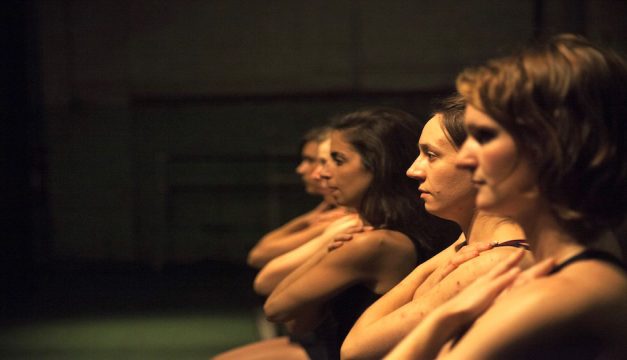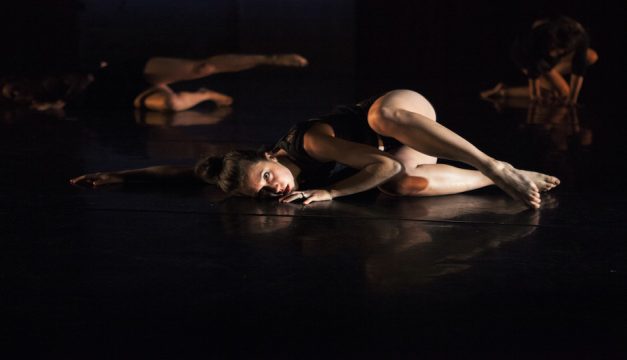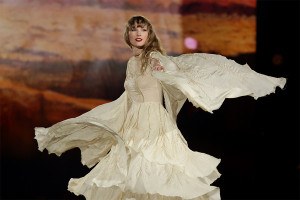How To Make Art Without Paying For It

Photo by Plate 3 Photography
The dancers and choreographers behind Birds on a Wire want to make it easier for up-and-coming artists in Philly to break into the scene. But trying to handle all of the “non-art-based stressors and challenges” is as tricky as it sounds, says Artistic Director Melissa Cameron.
“I’m finding it’s a bit of a balancing act,” she says, “staying in constant conversation with the artists to find out what their needs are and understand what skills they want to develop, and to brainstorm ways of helping them get the resources they need in order to achieve the goals they’ve set for themselves.”
We spoke with Cameron about how the process works ahead of the second Hatch performance series, June 9-11 at the Performance Garage (1515 Brandywine St.). Twenty-five dancers and eight choreographers are involved.
How does Birds on a Wire, and Hatch, promote new artists?
It provides emerging choreographers the opportunity to focus on making a new short work without worrying about the challenges of self-producing. Birds on a Wire figures out marketing, hiring technicians, paying for a venue, setting up ticket sales, managing cash flow. We worry about those things so that a handful of talented choreographers don’t have to. … But to be honest, we’re still sort of figuring out what that means. [Associate Artistic Director] Kate [Abernethy] and I are “emerging” artists ourselves, and while we’re passionate about creating opportunities for dance artists in Philly, we’re not some big presenting entity that has a ton of resources and money to shower on other artists.

Photo by Plate 3 Photography
Is Philadelphia a supportive city for dancers and other artists?
I really think that overall it is. Philly audiences have a great appetite for risk — and I think that is an essential part of an ecosystem of innovative performance work. But … sometimes we just get wrapped up in our individual projects and promoting our individual agendas and lose track of all the wonderful art that is going on outside of our individual circles. It’s something Kate and I have thought a lot about: How to make it easier for newcomers to crack into the scene, how to create opportunities for dance artists to network organically, how we can trade skills and opportunities.
Is Hatch like watching several different shows, or do the performances connect with each other?
It’s part of Kate’s and my work to design an evening that flows and connects nicely. I think, I hope, that audience members will find different connections for themselves — and I think that happens pretty naturally when you put any artists in the same space and same context, even if there’s a lot of variation in style or approach.
Which new work are you most excited about?
You know, we had over 30 people apply for the Hatch program. It was hard enough to pick five choreographers out of the 30 — so hard, in fact, that we picked eight — so I’m fairly certain picking one work that I’m most excited about is an impossible task. But I am really super excited to see these pieces come together.
Follow @RachelVigoda on twitter.


